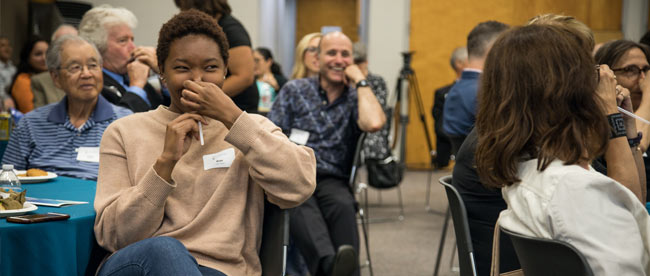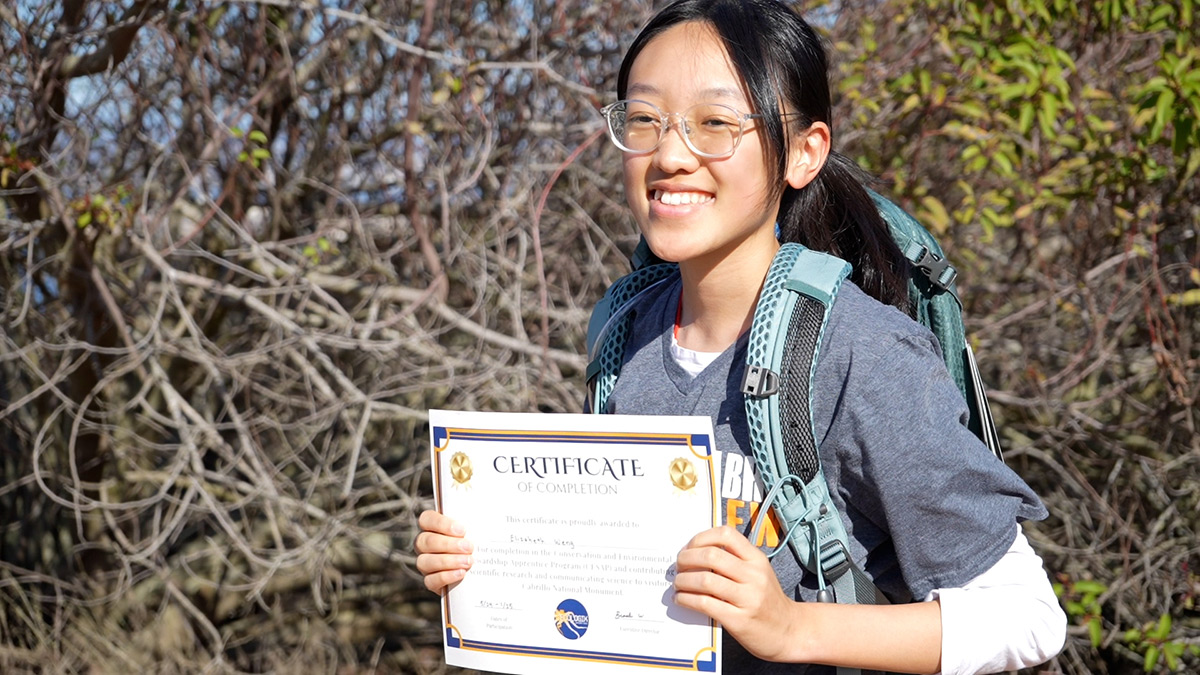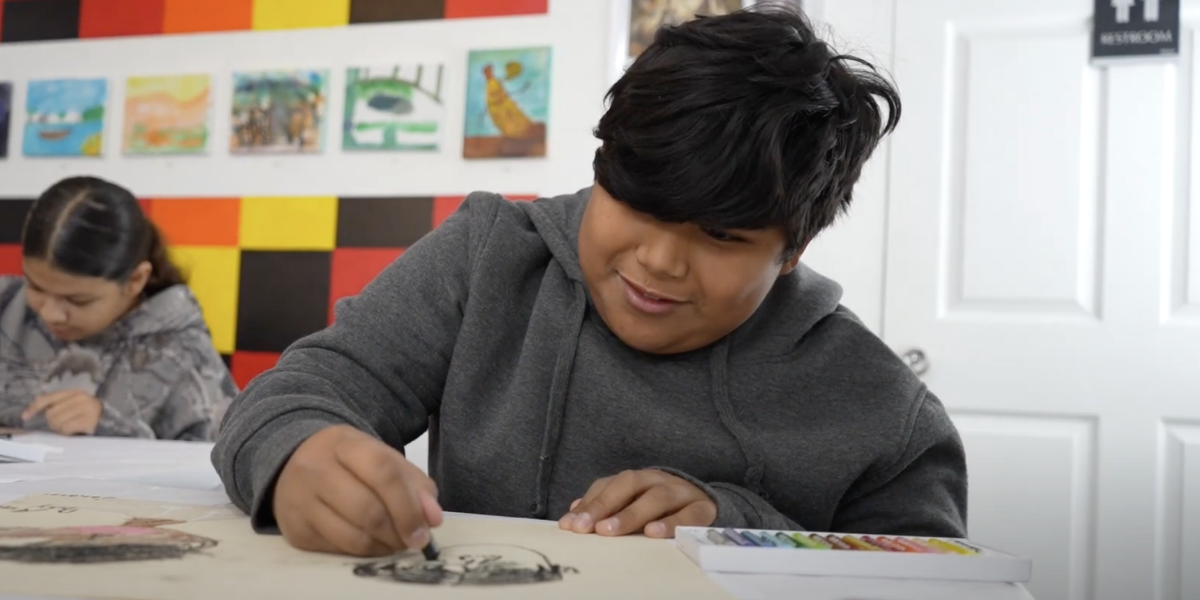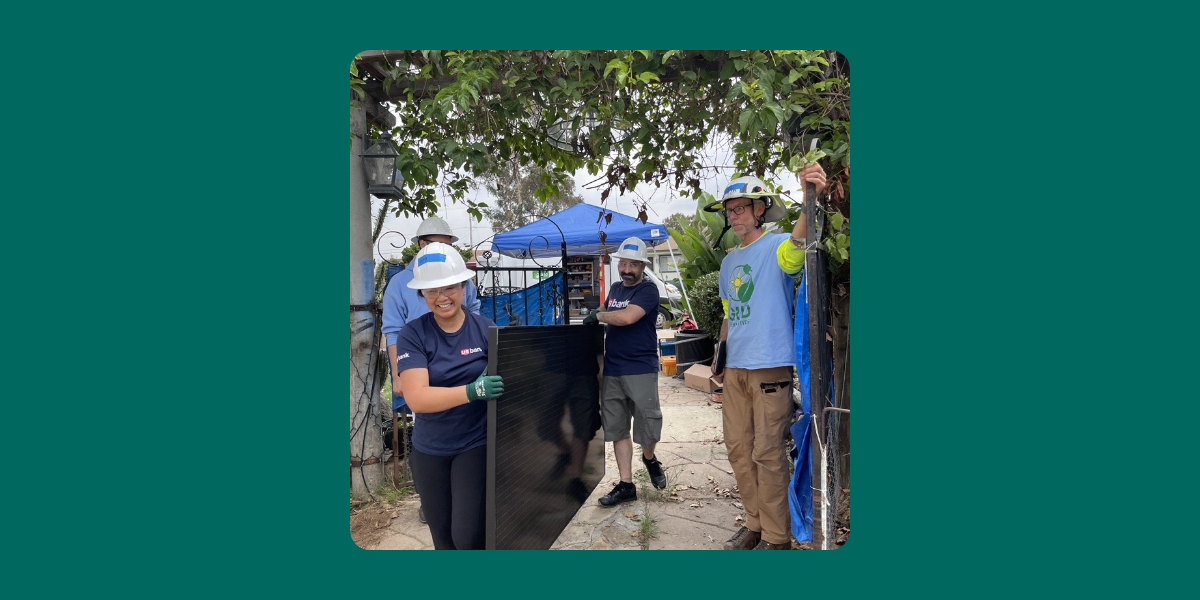Breathing with pinched noses and pursed lips through a small compostable straw, nearly 100 community leaders, residents, healthcare experts and environmental advocates participated in the Straw Breath Challenge at The San Diego Foundation Center for Civic Engagement (CCE) event, Clearing the Air, at the La Mesa Community Center on June 22.
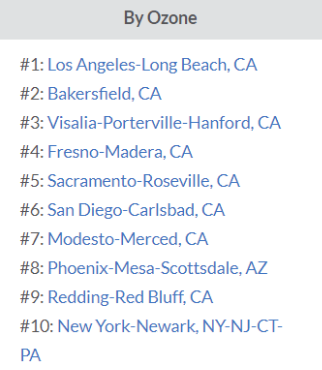
San Diego ranks as the sixth worst city in the nation for ozone air-pollution. Source: American Lung Association.
The Straw Breath Challenge simulates breathing struggles for more than 400,000 San Diegans who suffer from asthma or Chronic Obstructive Pulmonary Disease (COPD), and many others with lung and heart disease who are at heightened health risk during unhealthy air days.
It may come as a surprise, but San Diego ranks as the sixth worst city in the nation for ozone air-pollution, according the American Lung Association’s State of the Air annual report. And, new data from Center for Sustainable Energy (CSE) Equinox Dashboard revealed a seven-year trend in the number of unhealthy air days in our region.
“The combined number of unhealthy air days increased from 42 days in 2016 to 62 days in 2017 – that is a 48 percent increase,” explained Hanna Grene, Policy Director at CSE, at the CCE event.
Air quality in the region has a significant impact on the health and well-being of San Diegans.
“In terms of how our changing climate affects human health, there’s no debate,” explained Dr. Atul Malhotra, Chief of Pulmonary Medicine and Critical Care at UC San Diego Health. “Air pollution has a direct impact on heart disease, lung disease and brain function.”
According to the Environmental Protection Agency, people with asthma, children, older adults and individuals who are active outdoors, especially outdoor workers, are hit the hardest. As an example, asthma hospitalization rates for children, an indicator of poor air quality, were highest in regions such as La Mesa, Barrio Logan and Logan Heights.
Identifying Solutions
Among the many factors, data points to vehicle emissions as a primary source of local air pollutants. Local governments and municipalities are responding to the trend with Climate Action Plans that include reducing vehicle emission through renewable energy, increasing public transportation and use of electric vehicles.
Philanthropy is also playing a role.
Through our Climate Program, The San Diego Foundation has supported 24 local government technical assistance projects, resulting in most cities developing or adopting climate plans.
“Progress is being made,” shared Nicola Hedge, Director of Climate and Environmental Initiatives at the San Diego Foundation. “San Diego County and 18 of the 19 municipalities in our region now have or are developing a Climate Action Plan.”
Moving forward, the community continues to be engaged in these efforts.
At the CCE event, attendees shared their ideas and action plans as part of the solution. Innovative ideas included working with the schools to increase the number of electric school buses on the road and utilizing art to create an exhibit where youth can learn more about the challenges surrounding air quality in San Diego.
Air quality remains a key challenge across the region, and community leaders and residents throughout San Diego are working together to promote solutions.
